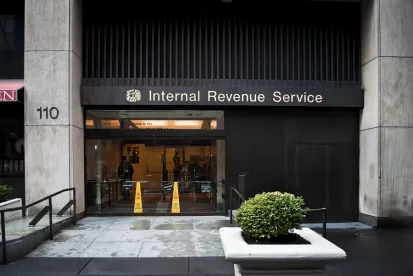The IRS has released proposed regulations that provide a fluid transition to the use of references rates other than the interbank offered rates, such as the London Interbank Offered Rate (LIBOR), in debt instruments and financial products. In July 2017, the UK Financial Conduct Authority announced that the LIBOR might be phased out after 2021. The announcement came amid concerns of manipulation, a decline in the volume of funding from which the LIBOR is calculated, and recommendations for the development of a reference rate based on transactions in a more robust market. The Alternative Reference Rates Committee (ARRC), a group of private-market participants convened by the Federal Reserve Board and the New York Fed, recommended the Secured Overnight Financing Rate (SOFR) as a replacement to the LIBOR, and petitioned the IRS for guidance on the tax consequences of the transition from the LIBOR to the SOFR.
In an effort to “minimize potential market disruption and . . . facilitate an orderly transition in connection with the phase-out” of the LIBOR and other similar reference rates, the IRS issued flexible proposed regulations based on the ARRC’s recommendations. The regulations address seven key areas of the Internal Revenue Code and Treasury Regulations impacted by the change in reference rates. These areas include: (1) the potential gain recognized on modification of debt instruments to change the reference rate; (2) the dissolution of integrated instruments as a result of termination or legging out of an integrated hedge; (3) the source and character of one-time payments used as an alternative to an adjustment to the spread between the LIBOR and SOFR; (4) the conversion of grandfathered debt instruments to registration-required obligations; (5) whether debt-instruments referencing the SOFR will qualify as variable rate debt instruments; (6) the preclusion of “regular interest” classification in a real estate mortgage investment conduit; and (7) foreign bank corporations’ use of the SOFR to calculate interest expense allocable to excess US-connected liabilities.
The regulations generally allow the SOFR to be a replacement for the LIBOR and provide guidance that ensures the tax impacts of the transition from LIBOR to SOFR will be minimal. For example, the parties may generally modify debt instruments to change the reference rate without triggering potential gain or loss that may normally result from material changes to the interest rate of a debt instrument under the significant modification rules.
Taxpayers may rely on these proposed regulations for changes made to debt instruments on or after October 9, 2019.





 />i
/>i

